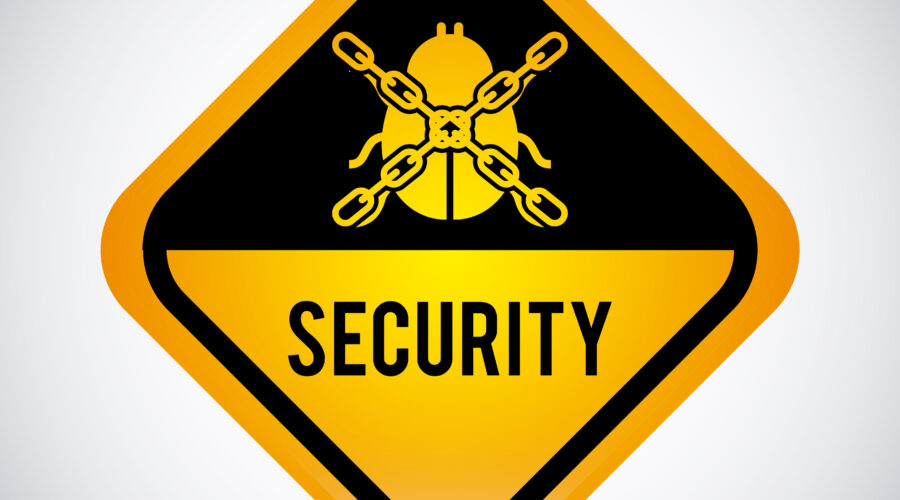Social login flaws put billions of users at risk of account takeover
Flaws in social login mechanisms are leaving thousands of websites and a billion of their users vulnerable to account takeovers, API security company Salt Security warns. The latest research by Salt Security identified flaws in the access token verification step of the social sign-in process, part of the OAuth implementation on these websites.
Continue Reading

